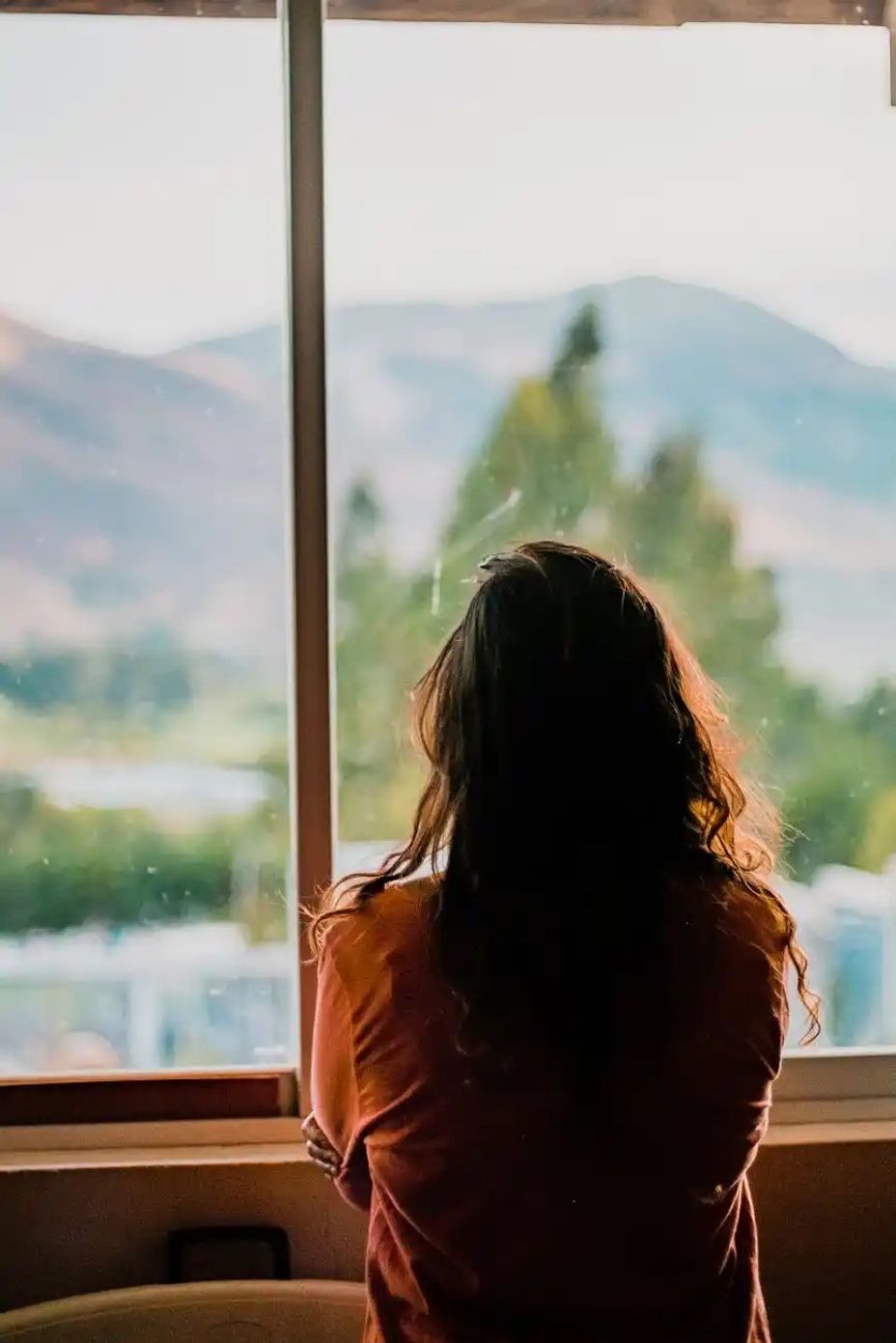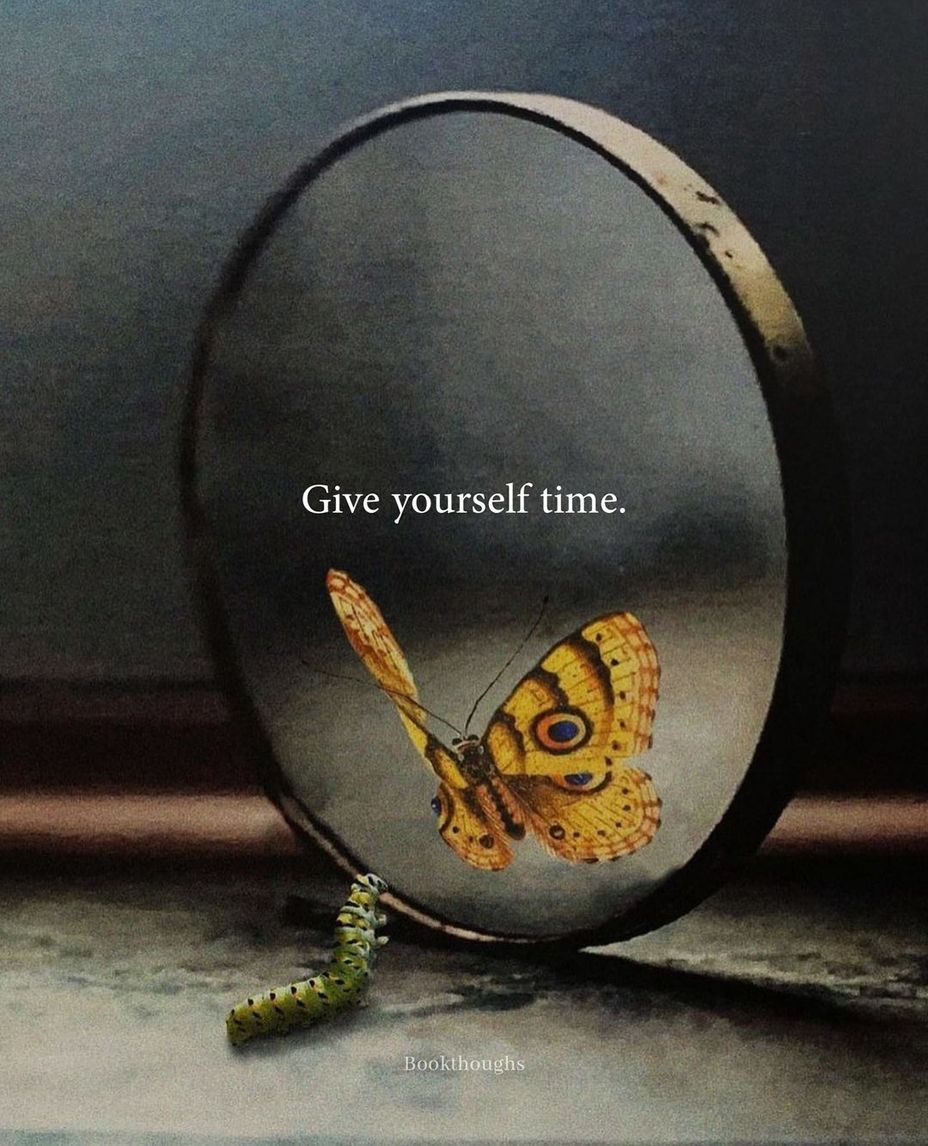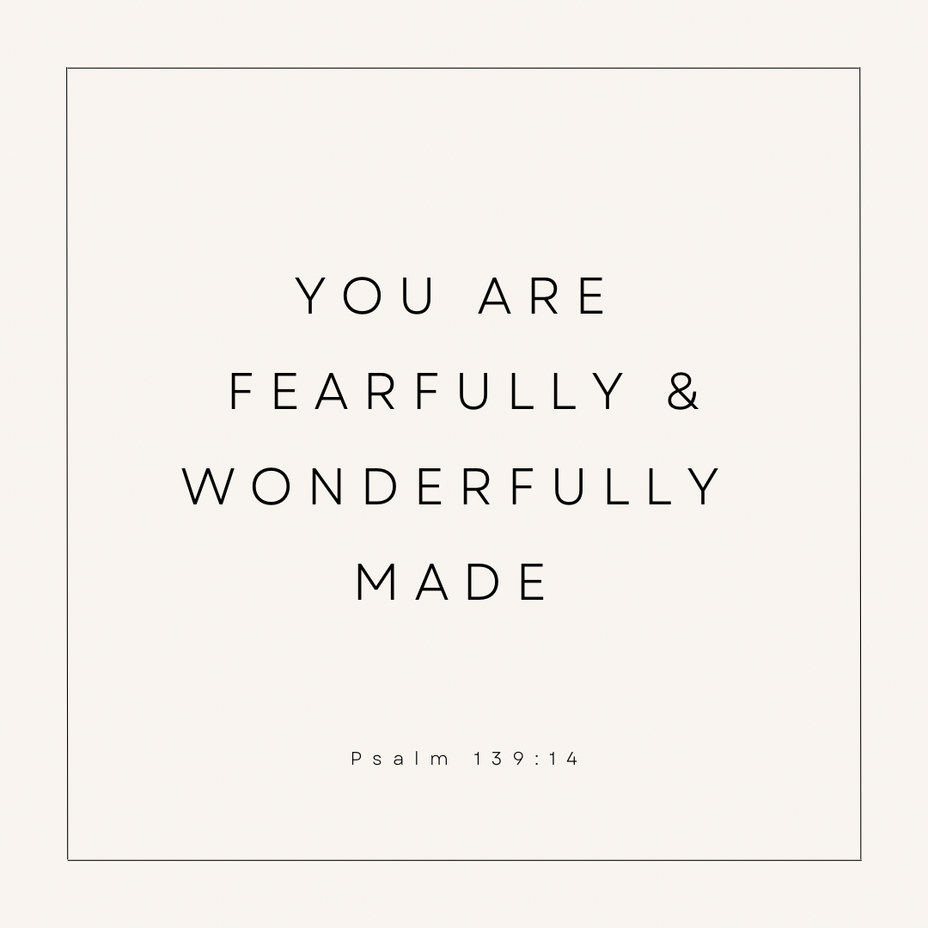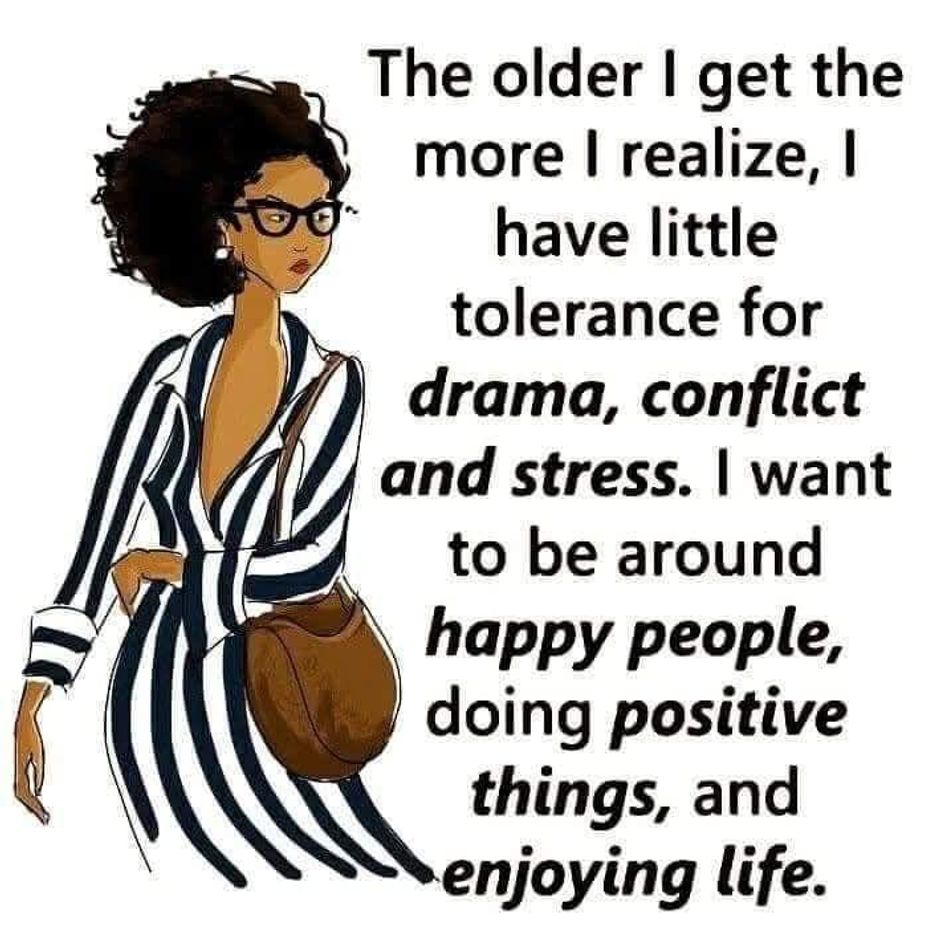Understanding Internalized Ableism and Its Impact
I’ve always carried around this burden of shame. My constant struggles with trying to fit in with society made me feel weak, underappreciated, and out of place. I’m plagued by emotions that become overwhelmingly unbearable and impossible to control. Walking this path of life has made me more aware of my sensitivity, my quietness, and the ways my emotional world shapes how I experience life.
Learning the Word for It
I didn’t understand what was happening at the time, but what I was experiencing was internalized ableism. I had absorbed society’s messages that being different was wrong.
Masking My Way Through Life
I spent years masking. At work, I’d smile and seemingly get through the day, but I was exhausted the whole time. In school, I’d sit quietly and daydream, drift off from reality and focus on something more interesting. My mind was running full of ideas nonstop, so I’d capture one and run with it.
But my focus on schoolwork was nearly nonexistent, and that made me anxious in case I ever got called upon by the teacher. I was always anxious in class to be honest. The bright lights, the closeness of other peers sitting next to me, the piercing glares around the room. I think that’s why I needed some sort of escape, just to try and stay calm.
In every scenario, I’d be too afraid to ask questions or ask for help because I didn’t want to appear incapable of figuring out perhaps the simplest thing. I didn’t want to come off foolish or judged in any way.
When Masking Became Second Nature
For me, masking became second nature. I remember one day at work when I was utterly overwhelmed by towering stacks of paperwork, and my boss kept calling out to me, asking questions in the middle of other urgent tasks. She did that often. She’d always ask questions right in the middle of a task that she wants you to get done on a timeline. And her voice shrieked like nails on a chalk board. Every conversation with her made me more anxious.
I’d want to ask questions or just make a general statement about how overwhelmed I felt, but I just kept my mouth shut and began typing again. All I really wanted to do was walk away or take a long break to cry and let it all out. I just kept thinking to myself, “How are other people managing this? I have to be able to handle this too.” That moment sticks with me because it revealed how deeply I internalized that needing a break was shameful.
Hiding My Whole Self
Masking wasn’t just about hiding anxiety or sensory sensitivities. It was about hiding my whole self. I convinced myself that my natural way of thinking were wrong. I believed that if I didn’t change, I wouldn’t belong.
When I couldn’t hide my difference, I overcompensated. I worked harder than anyone else, prepared more than anyone else, and pushed myself to exhausting to just appear capable. I measured myself against others all of the time, comparing my achievements, energy, and productivity to people who didn’t have the same challenges that I did.
Every time I fell short of something, I’d feel like a failure. I didn’t see that the problem wasn’t me, it was the world’s rigid expectations and my internalized belief that I had to conform to them.
Putting a Name to It
It wasn’t until I learned the term internalized ableism that things began to make sense. Internalized ableism is when you take society’s negative messages about disability, difference, or neurodivergence and turn them inward. I felt like suddenly, all of the years of self-blame, guilt, and masking clicked into place.
Moving Toward Acceptance
Learning this made me realize that I should start doing things differently because I could rest without feeling guilty or lazy. I could ask for support when I need to, and I can embrace my differences instead of hiding them.
“You were never too much. You were simply too honest for a world that prefers masks.” – Unknown





